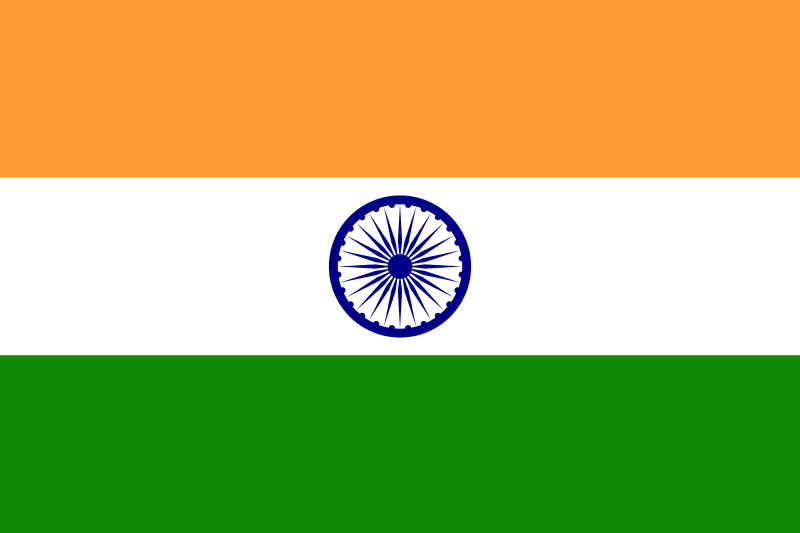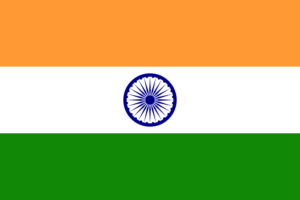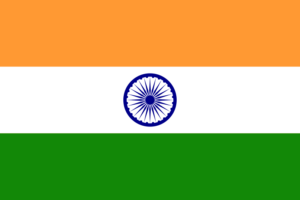India: Drop Vacuum Tube Collector Subsidy?
June 14, 2013
To protect local solar photovoltaic manufacturers, the Indian government has made it mandatory in its National Solar Mission to use locally made cells and modules. There is no such rule for the solar thermal sector, in which the state subsidises 30 to 60 % of the price of a solar water heater, although a growing number of vacuum tubes have been imported from China. First assessments of the database of the national incentive programme SOLARWHIN show that 75 % of the applications include vacuum tubes and only industrial applications have used flat plate collectors (FPCs). Malaviya Solar Energy Consultancy has asked a few of the leading manufacturers if the subsidies for solar water heaters based on vacuum tubes should be removed, in order to protect the local industry and also to reduce the government’s financial burden with the subsidy scheme.
Over the last couple of years, India has witnessed an extremely fast-growing share of vacuum tube collectors (VTCs) in its residential market. The Solar Thermal Federation of India (STFI) estimates that in fiscal year 2011/2012, already 60 % of the newly installed collector area was based on vacuum tubes. These tubes will continue to be imported, because no local manufacturer has found it feasible to invest into glass tubing and coating production, as there are no import restrictions in place. In contrast, flat plate collectors are produced locally, ensuring local jobs, local expertise and local revenues.
Surendra Kumar, Managing Director of Nuetech Solar Systems, one of the leading VTC suppliers in India, shared his thoughts by saying: “India is a price-sensitive market and VTCs have an advantage over FPCs in that regard. Subsidies are still driving the markets and subsidy differentials between technologies would be detrimental and confuse the end user. The end user considers the subsidy a right granted by the government.” He also points out that all recently developed solar thermal markets in India have been opting for VTCs. Besides a few city populations, the majority of Indians uses hard water and VTCs are an ideal solution in this environment, according to Kumar. “The level of subsidy, however, can be reduced as there is considerable growth and commercialisation is reached.”
Sankar Dev of Photon Energy, a quickly expanding company in the solar thermal sector, has also expressed a somewhat similar opinion on VTC systems having price advantages and that the price-sensitive public would expect subsidies for solar thermal systems irrespective of their origin. “We make certain that the quality of the tubes is the best available, which keeps operation costs to a minimum to help us gain customer confidence. Still, it would be wise to gradually reduce the subsidy, so that the schemes can cover more applications with the same annual budget.”
In contrast to the above-mentioned views, Davinder Kaushal, Managing Director of Inter Solar Systems, says: “It would be most prudent if VTC systems stay off subsidies. This will protect the flat plate collector industry, which is 100% local.” Kaushal emphasises that the cost of unsubsidised VTCs and subsidised FPCs will be almost at par. Inter Solar Systems started to produce VTC systems almost a year ago, but achieved a meagre 9% growth as compared to FPCs, which reached more than 40%. “Because we are in the northern belt of the country, which experiences colder temperatures, we assume that VTCs are not likely to be favoured over FPCs,” explained the Managing Director. “Now is the time for the government to impose anti–dumping laws for the sake of system quality.”
The advantages of reducing the subsidies are clear to most of the interviewed solar water heater suppliers. Because the market has grown beyond expectations, funds may be falling short soon.


